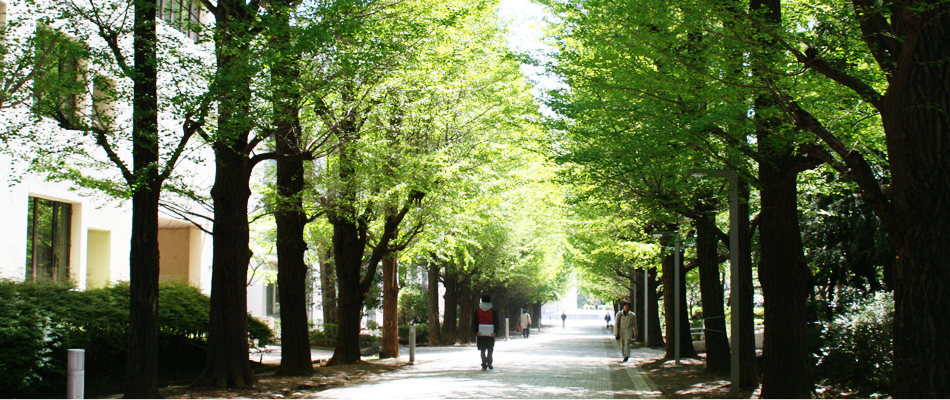

Our Courses
Environmental Measurement and Evaluation II
Prof. Jonathan Woodward and Prof. Motoyuki MatsuoCourse Overview
This course aims to look at some of the key experimental and instrumental approaches involved in analysing the environment.
The first 5 lectures of the course consider the analysis of the Earth's atmosphere, focussing on the different approaches made to measuring the concentrations of trace species present that define and control atmospheric chemistry (most importantly in the troposphere and the stratosphere).
The second 5 lectures of the course look at the analysis of liquid and solid phase environmental samples, focussing on sampling methods, pre-treatment techniques and the different analytical methods used for both types of sample. In addition, the use and significance of standard reference materials are discussed.
The final 3 lectures of the course will provide students with the opportunity to present and discuss ideas on these and related topics.
Schedule
1) Analysing the atmosphere : an overview.
Introduction, key principles, basic chemistry of the stratosphere, basic chemistry of the troposphere, modelling and field measurement, summary of main techniques, terminology.
2) Spectroscopic approaches 1 (Absorption based methods).
Key principles of absorption based spectroscopic methods
Infrared absorption techniques - principles and applications.
3) Spectroscopic approaches 2
Infrared absorption techniques - principles and applications - continued.
UV / visible absorption techniques - principles and applications.
4) Emission spectroscopic and mass spectrometric approaches.
Light induced emission based methods (eg LiF) - principles and applications.
Mass spectrometric approaches
5) Other approaches.
Examples - chromatographic approaches, DIAL, MIESR, chemiluminescence.
6) Sampling method in the field work for liquid and solid samples.
liquid samples: river water, rain, spring water, and so on
solid samples: soil, rock, sediment, airborne particles, and so on
7) Pre-treatment of environmental samples
How to avoid contamination
Drying, Pulverization, Sieving, Decomposition
8) Standard Reference Materials prepared by NIST, AIST, IAEA, etc.
9) Analytical methods for liquid samples
AAS, ICP-AES, ICP-MS, Chromatography, etc.
10) Analytical methods for solid samples
XRF, Neutron Activation Analysis, Mössbauer Spectroscopy, etc.
(If possible, measurement of environmental radioactivity caused by Fukushima Dai-ichi Nuclear Power Station)
11-13) student presentations